Partnerships for Nature: insights from Indigenous-led models in Canada
15 April 2025 / WORDS BY Pollination Foundation
read article
London+44 203 355 1556
Sydney+61 2 8313 7109
Melbourne +61 2 8313 7109
Washington +1 872 201 1168
In this second edition of Nature Finance Focus, we highlight a number of models that are helping to unlock and scale nature investment. Some models are well established, alongside others in which we see significant promise and growth. By showcasing these tangible case studies, we aim to provide ideas and options which can be taken up by the global bank or investor, or by the major corporate.
The report also details the findings of our biennial survey of 500 institutional investors across the UK, USA, Australia, Singapore and Japan.
View reportFour years ago, when Climate Asset Management launched as a joint venture between HSBC and recently formed consultancy Pollination, it laid out ambitious plans to become the biggest investor dedicated to natural capital.
17 March 2022 / WORDS BY Geoff Summerhayes
The flood crisis unfolding has highlighted fundamental issues in foresight, planning and resilience – with devastating impacts for communities.
These issues are the responsibility of the private sector as much as they are the responsibility of government.
Our failure to apply appropriate foresight, to plan effectively and build resilience compounded the impacts of rising flood water. As the crisis unfolded, tens of thousands of people were cut off without electricity, phone and internet services. Empty supermarket shelves and petrol stations with no fuel added to the chaos.
What has been most surprising to me, is how surprised people were. In 2022, with the science and data we have available, the narrative that you can’t plan for something that hasn’t happened before doesn’t cut it.
That was an appropriate narrative when we lived in a more stable climate. But the past is no longer a predictor of the future.
It’s not the only dangerous narrative that has risen in the flood crisis. We’re also hearing about it as “one-in-500 year event” and even a “one-in-3,500 year event”. As poet Dorothea Mackellar famously noted, Australia has always been “a land of droughts and flooding rains.” While this is true, the science tells us that drought, floods, fire and storms are going to be more frequent, more extreme and they are indeed not in the category of one in 500 years. The unexpected, ‘freak event’ narrative is a disservice to the public that will delay the infrastructure and planning overhaul that’s needed to better protect Australians.
As former head of the government’s National Resilience Taskforce, Mark Crosweller said: “What we are seeing unfold is what we had long predicted.”
In 2022, with the science and data we have available, the narrative that you can’t plan for something that hasn’t happened before doesn’t cut it.
A story from the tiny town of Woodburn symbolises the systemic foresight, planning and resilience issues. Located on the banks of the Richmond River, Woodburn is a 750-person town prone to flooding. Despite this, both Telstra and NBN have critical infrastructure co-located there. When the town was submerged by the floods this month, 51,000 customers stretching 150km were cut off without phone reception or internet – many for more than a week. In the peak of the crisis, as water lapped at rooflines, thousands had no access to communication with the outside world.
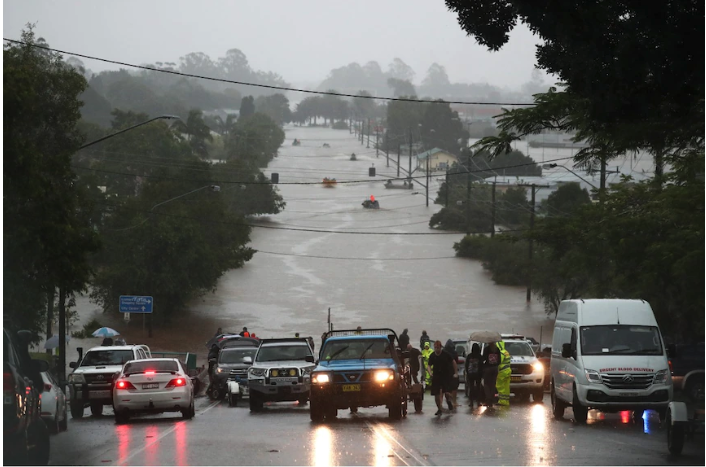
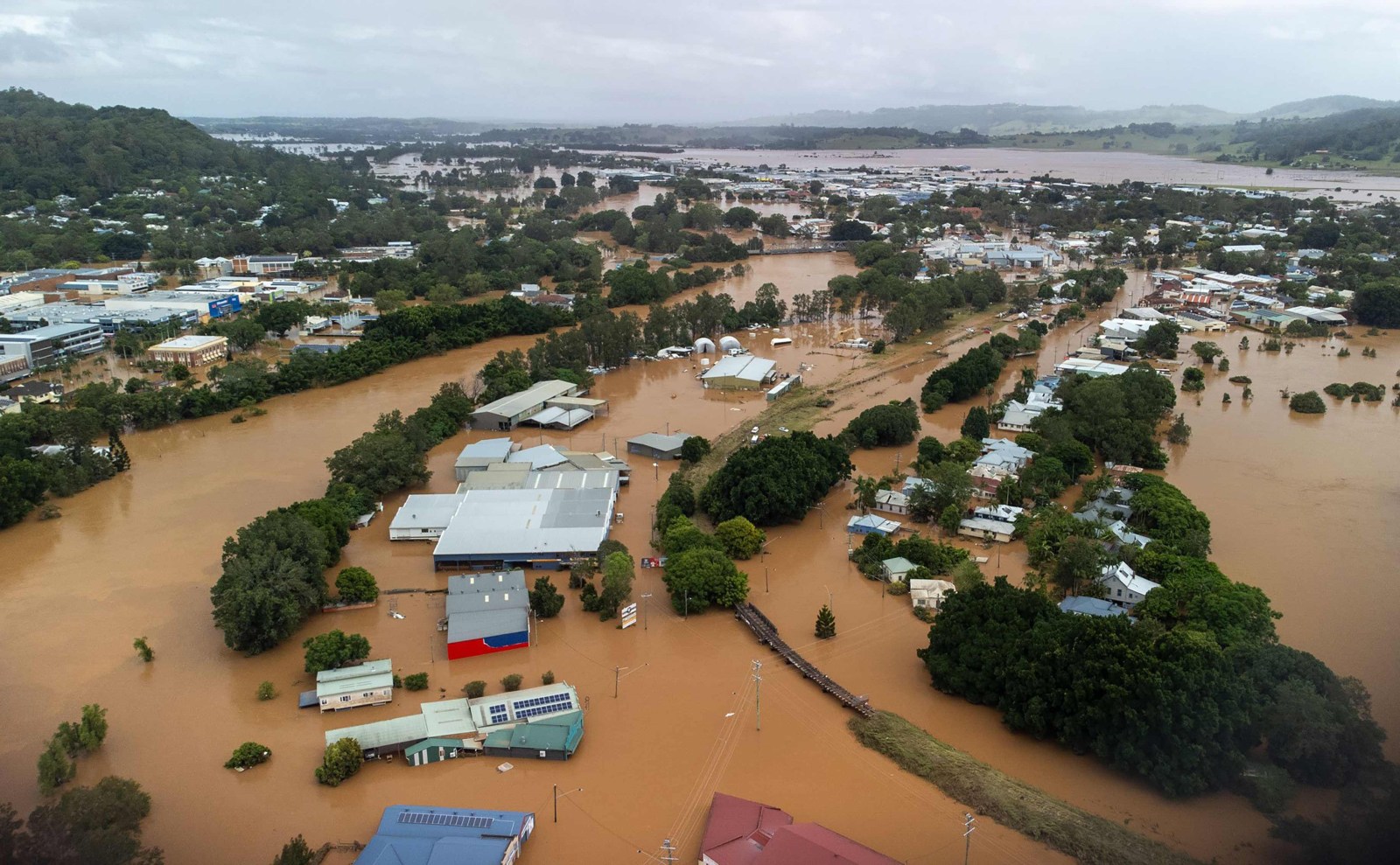
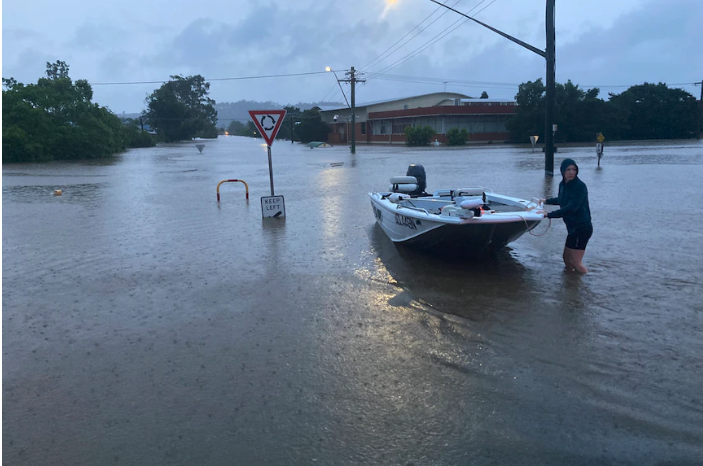
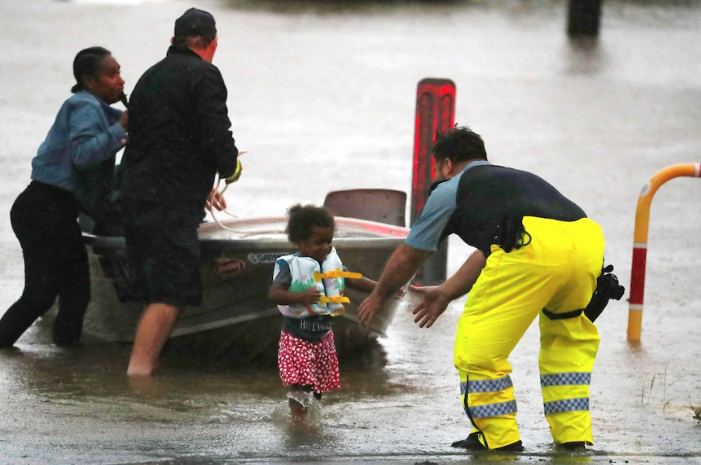
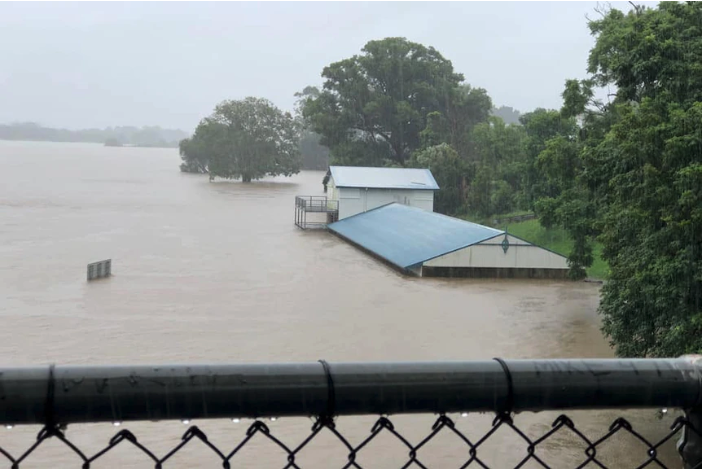
We’re playing catch up on many fronts, but we must prioritise building resilience in three key areas: supply chains for essential goods and services, infrastructure in our cities and towns, and our emergency response.
There are bright spots and good examples of this already happening across the economy. In my work with clients at Pollination, I’ve seen many organisations using the science and data available to understand the physical risks that climate change poses to their business.
They develop line of sight to those risks at a granular level and often right along their supply chain, using the insights to build better, more resilient businesses.
In my work with clients at Pollination, I’ve seen many organisations using the science and data available to understand the physical risks that climate change poses to their business.
Take the example of a dairy company Pollination works with, that has undertaken detailed climate risk analysis. They have farm-by-farm analysis of the physical risks posed to their farms by events like drought, flood and fire. With that knowledge, they can invest at the farm level to mitigate the risks – in things like water saving technologies and flood measures – and they can make decisions about where they source their milk from in the first place.
The analysis follows its whole supply chain, including processing plants and its distribution network. It includes the warehouses and roads it relies on to get its milk and infant milk formula onto supermarket shelves. These insights guide the company’s planning and strategic decision making and make it a more resilient business – one that communities can rely on.
I joined major insurer Suncorp as a senior executive in 2008, two years after Cyclone Larry had wiped out the Queensland town of Innisfail. The town had been rebuilt using different building standards, and when Cyclone Yasi hit five years later, rebuild costs were halved and many of the houses were unscathed. That’s an example of resilience and changing of thinking in a forward sense. The town of Grantham rebuilt on higher ground after the 2011 floods is another example.
When we build back, we have a phenomenal opportunity to build back with resilience. Knowing that climate change is making fires and floods more frequent and extreme, what do we need to do to build back Lismore to withstand these kinds of events? There is an opportunity for Lismore to become a case study for resilience – we must rise to the opportunity.
The stark reality is that climate-fuelled, extreme weather events are the ‘new normal.’ It is our shared responsibility to be better prepared when they strike. Lives depend on it.
Geoff Summerhayes is Senior Advisor at Pollination and global leader in climate change financial risk regulation. He is a former executive board member of the Australian Prudential Regulation Authority (APRA) and Chaired the UN Environment Program’s Sustainable Insurance Forum (SIF).
15 April 2025 / WORDS BY Pollination Foundation
read article
Receive latest news and global perspectives from Pollination.
By clicking submit, you agree to our Terms & Conditions.